
A street network performs most efficiently and safely from both a traffic operations and a road safety perspective if roads are designated and operated to serve their intended purposes. This includes the efficient travel for all modes and the safety and convenience of all road users. According to the Transportation Association of Canada (TAC) Manual of Geometric Design Standards for Canadian Roads, 1986, road classification is “the orderly grouping of roads into systems according to the type and degree of service they provide to the public.”
A road classification system designates streets into different groups or classes according to the type of service each group is intended to provide. This is a fundamental tool for urban development and road management. Grouping roads with similar functions can improve transportation planning, road infrastructure design, maintenance, traffic and road operations.
But while road classification can help meet the needs of communities for transportation services, just as importantly, it can help protect against the adverse impacts of motorized traffic in neighbourhoods. Some roads should carry higher volumes of traffic at higher speeds, while others (the majority) carry lower volumes at lower speeds. This allows neighbourhoods to flourish between main traffic corridors. The absence of a hierarchy of roads would result in less efficient routes for traffic with associated increases in the time and cost of transporting people (whether by foot, bike, bus or car) and goods. The quality of urban life would also decline as motorized traffic would increasingly infiltrate into neighbourhoods to avoid mounting congestion.
Every street owned by the City of Toronto has been given one of five classifications (with the exception of public laneways).
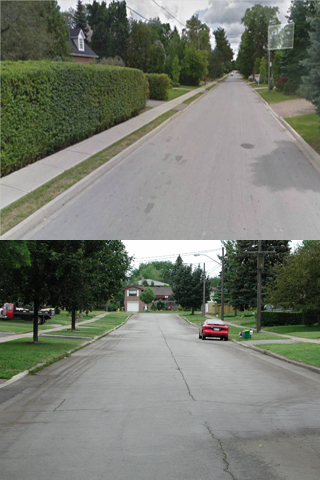
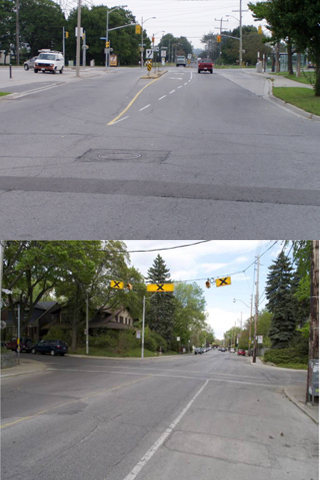
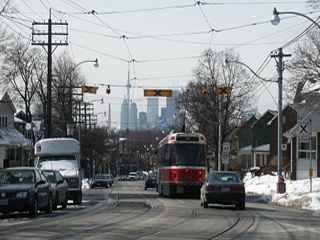
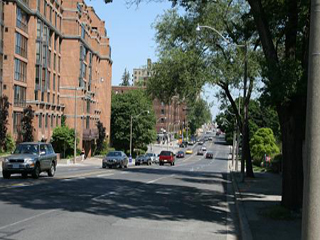
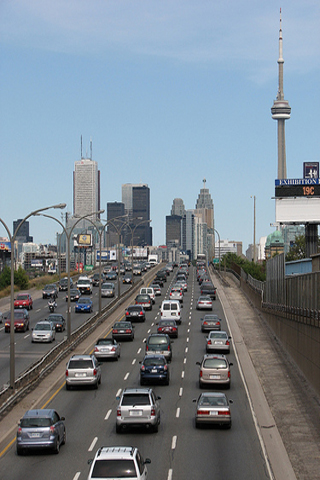
For additional information on City Council’s adopted Road Classification System and historical changes to the Road Classification System, please refer to Development of the Road Classification System.